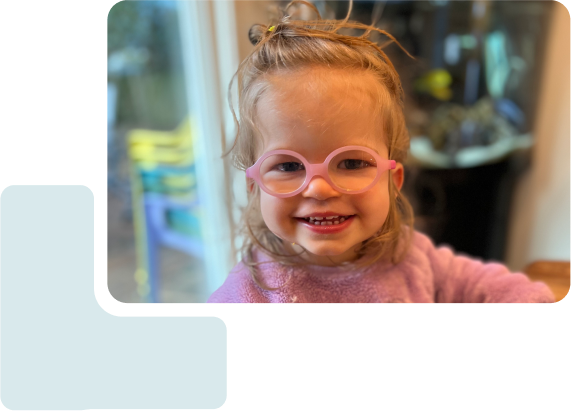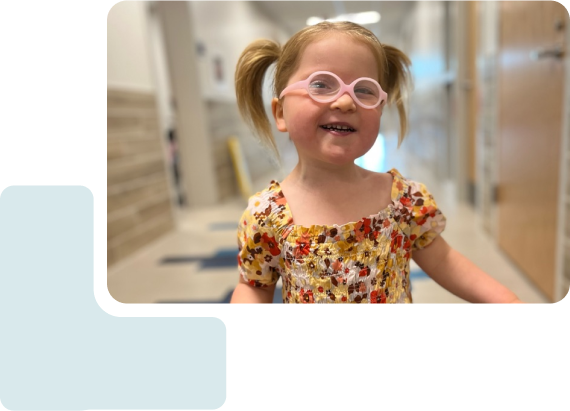Planned And/Or Deferred Gifts
Bequests
The simplest and perhaps most common of all planned giving methods is the bequest. A bequest is an instrument of a donor’s will that sets aside a sum of money or a portion of the estate or a portion of the estate’s residuary for distribution to Project 8p to which the testator is committed. The bequest can be small or large. It can be assigned without qualifications, or it can be designated by the donor for use to a program or project of particular interest.


Charitable Gift Annuity
A donor may choose to set up a charitable gift annuity which is then a contract between themselves and Project 8p whereby the fund promises to pay a certain amount of money each year in exchange for the gift property.
Charitable Remainder Unitrust
A donor may wish to set up a charitable remainder unitrust, where he or she irrevocably transfers money, stock certificates, or personal or real property to a trustee (Project 8p) who then pays the contributor, and possibly others, income for life or for a period of years as determined by the donor at the time the assets are transferred. The income recipients receive annual payments from the trust based on a fixed percentage selected by the donor and applied to the market value of the assets as determined each year.
This means that the income will vary from year to year. If Project 8p is named trustee of the trust, it determines the maximum interest rate that it will be willing to pay out to protect the integrity of the gift.


Charitable Remainder Annuity Trust
The charitable remainder annuity trust is similar to the charitable remainder unitrust in many respects, but with two important differences. The annual income that the recipient receives as a result of the gift will always be the same regardless of the changing annual value of the assets. The percentage selected by the contributor applies to the original fair market value of the assets at the time the gift is made, and that amount will pertain for the lifetime income period.
Also, once assets are placed in a charitable remainder annuity trust, the contributor cannot add to the trust capital to provide for a greater charitable deduction. In this situation, the contributor seeks financial security by expecting that a fixed amount of the income will be paid annually regardless of market conditions.
Charitable Lead Trust
A donor may choose to set up a charitable lead trust is the converse of the charitable remainder trust in that Project 8p receives the income rather than the principle of the trust. The donor irrevocably transfers the assets to a trustee and provides that the income be paid to Project 8p for a pre-established number of years, after which the trust principle reverts to the donor.
The full estimated value of the lead trust payments will be counted toward Project 8p’s fundraising goals when the lead trust commitment is made during a defined time period and the trust income is directed to organization. Such a trust must be approved by Project 8p in advance.









